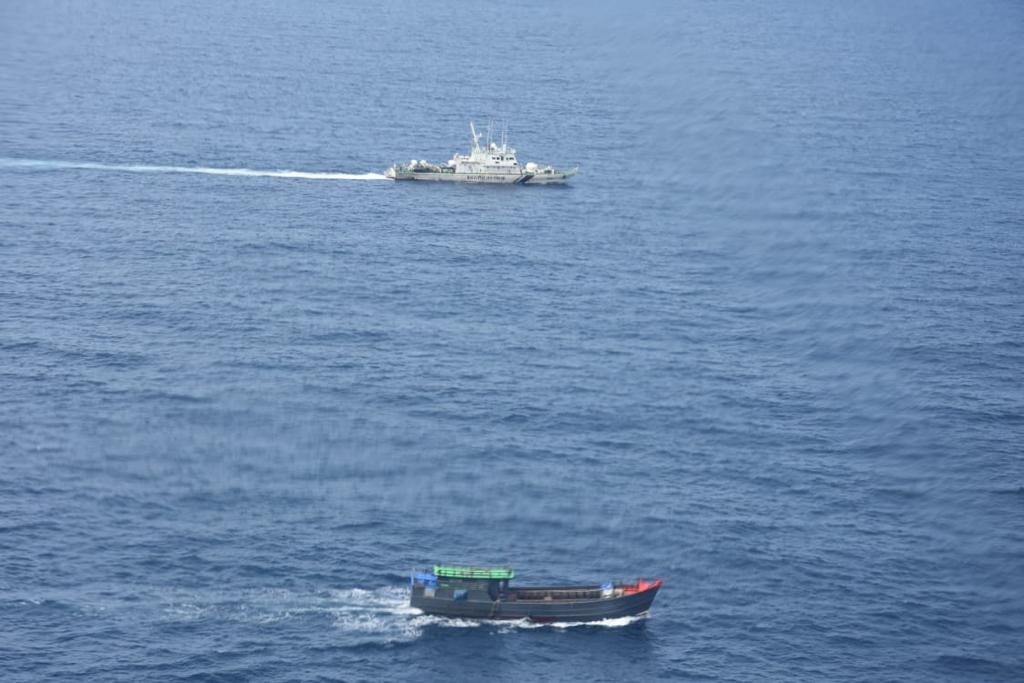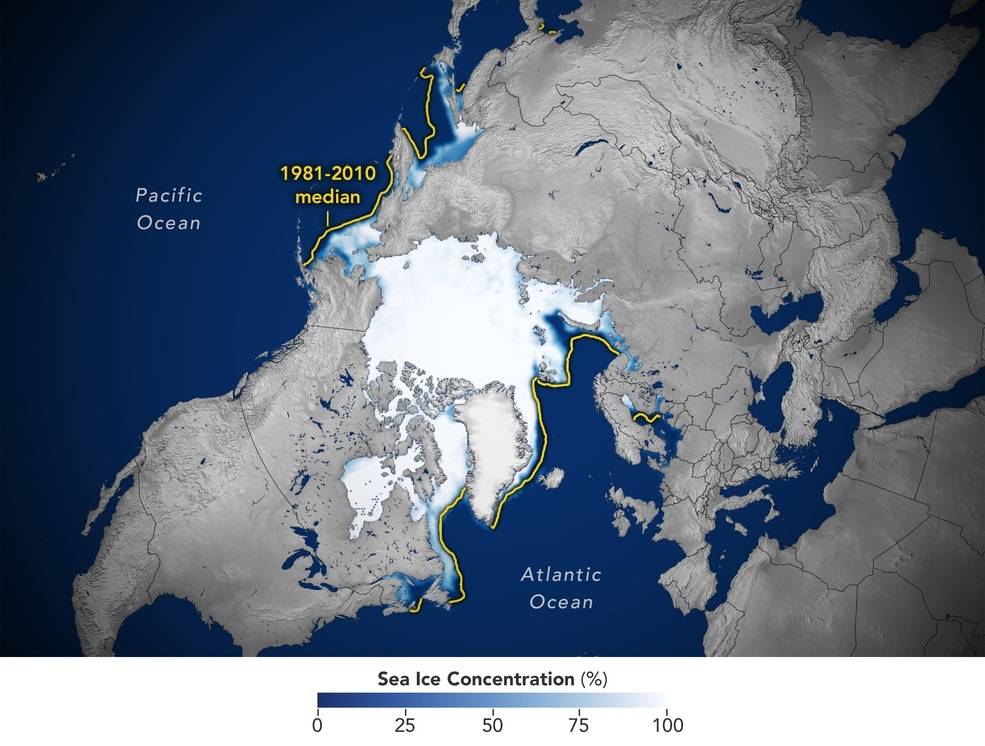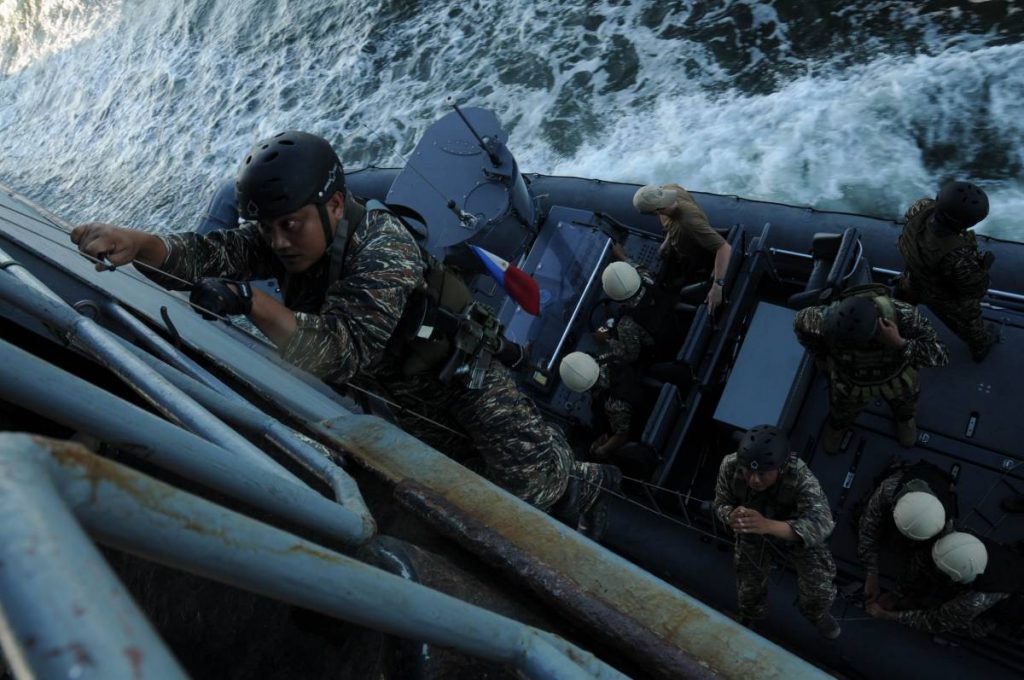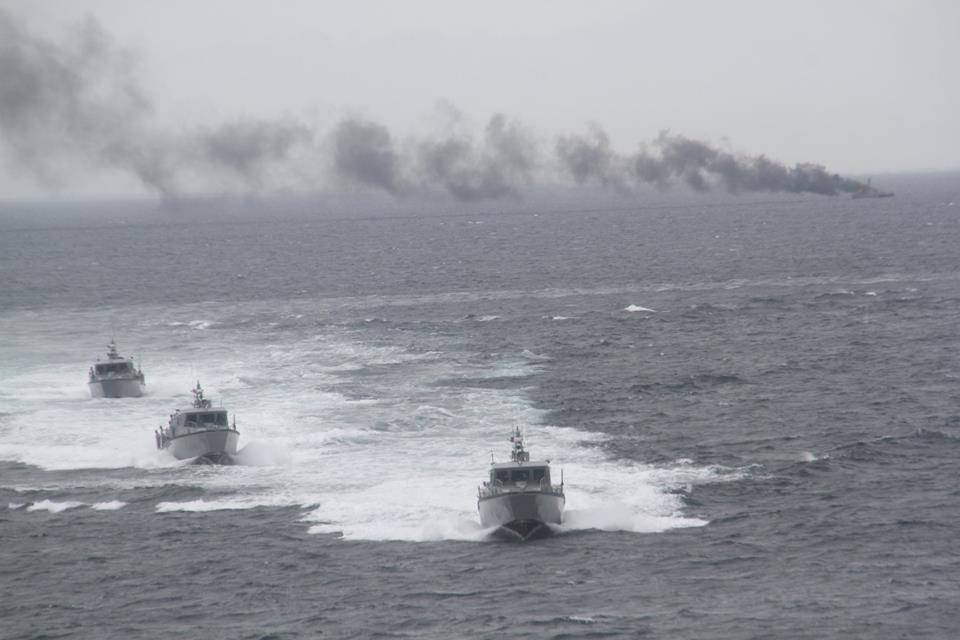Hanegbi says that in a recent cabinet meeting, the government approved a plan to “destroy” Hamas, as stated by the prime minister and defense minister…reports Asian Lite News
As the Israel-Palestine conflict enters its eighth day, the Israel Defense Forces (IDF) has said it is completing preparations for a “significant ground operation” in the Gaza Strip, The Times of Israel reported.
The IDF statement says it is readying to “expand the offensive” by implementing a “wide range of offensive operational plans” which it says include a “joint and coordinated attack from the air, sea and land.”
The IDF said it is finalizing the draft of hundreds of thousands of reservists, as the logistics directorate is working to provide troops with all the equipment they will need for the ground offensive.
It said: “In recent days, the tools required for combat have been transferred to the assembly areas, and at this stage, the various units of the Technological and Logistics Directorate are working to complete the qualification of the tools and equipping them with advanced combat means, as needed.”
“IDF battalions and soldiers are deployed all over the country and are prepared to increase readiness for the next stages of the war, with an emphasis on a significant ground operation,” the military added, according to The Times of Israel.
The military is expected to launch a ground invasion in the Gaza Strip, but its extent and when it is carried out may be affected by operational considerations, as tensions grow on the northern border.
Meanwhile, Israel’s National Security Council head Tzachi Hanegbi has reaffirmed that the cabinet’s war goal is to remove Hamas from military and political control over the Gaza Strip.
Hanegbi, however, declined to elaborate on planned next steps for the coastal enclave.
When asked about Israeli plans for alternative control, or return to occupation, of the Gaza Strip, Hanegbi told The Times of Israel, “We can’t report through you to the enemy on what is coming, we can tell Hamas that it is prohibited for it to be sovereign in Gaza.”
Hanegbi says that in a recent cabinet meeting, the government approved a plan to “destroy” Hamas, as stated by the prime minister and defense minister.
“Hamas will not be the ruler, the sovereign in Gaza after the combat,” he says, as per The Times of Israel. Earlier on Saturday, Israeli Prime Minister Benjamin Netanyahu said Israel is ready with its fighters in the Gaza Strip at the front line.
“With our fighters in the Gaza Strip, on the front line. We are all ready,” Netanyahu wrote on ‘X’ on Saturday. Netanyahu toured Kibbutz Be’eri and Kibbutz Kfar Azza, two of the worst-hit Gaza border communities in last week’s Hamas onslaught, his office announced, The Times of Israel reported.
As per a statement, Netanyahu “walked between the ruins of the houses where these terrible massacres took place.” The prime minister was briefed by the IDF officers there, including the head of the paratrooper battalion.
The visit comes as Netanyahu’s first visit to the scene, more than a week after the attack that saw more than 1,300 Israelis killed, most of them civilians, as waves of Hamas terrorists breached the border. Meanwhile, the Israeli Air Force (IAF) has said that upon receiving the report of wounded following the infiltration of terrorists in Zikim, the soldiers of Unit 669 were rushed to the field.
“The forces worked to rescue the wounded under fire and mortar fire. Since the beginning of the fighting, Unit 669 rescued about 200 wounded in about 45 rescues,” the IAF wrote on ‘X’.
In the wake of Israel Hamas war in the Gaza Strip which claimed the loss of thousands of lives on both sides including civilians, an agreement has been reached under which Israel will allow foreigners to leave the war-torn Gaza, Times of Israel reported on Saturday.
Egypt, Israel and the United States have agreed to allow foreigners residing in Gaza to pass through the Rafah border crossing into Egypt, under which Israel agreed to refrain from striking areas the foreigners would pass through on their way out of the Palestinian territory.
The Israeli publication added that Qatar was involved in the negotiations and the participants received approval from the Palestinian terror groups, Hamas and Islamic Jihad.
ALSO READ-OIC calls for urgent, extraordinary meet on Israel-Gaza






